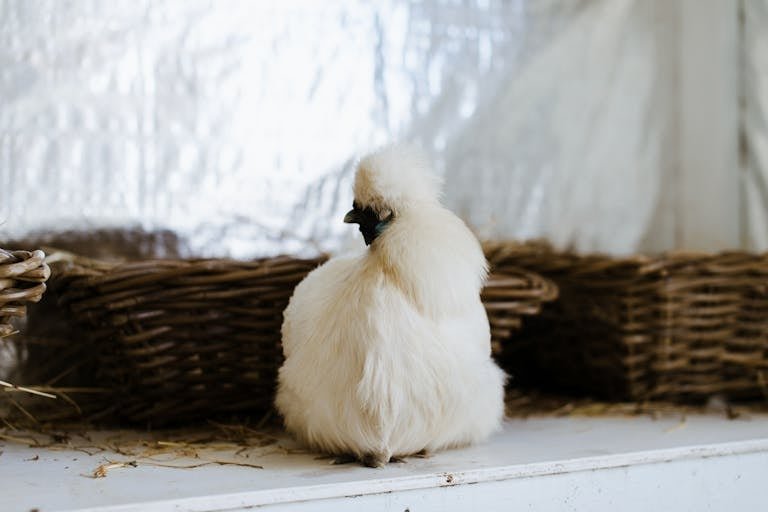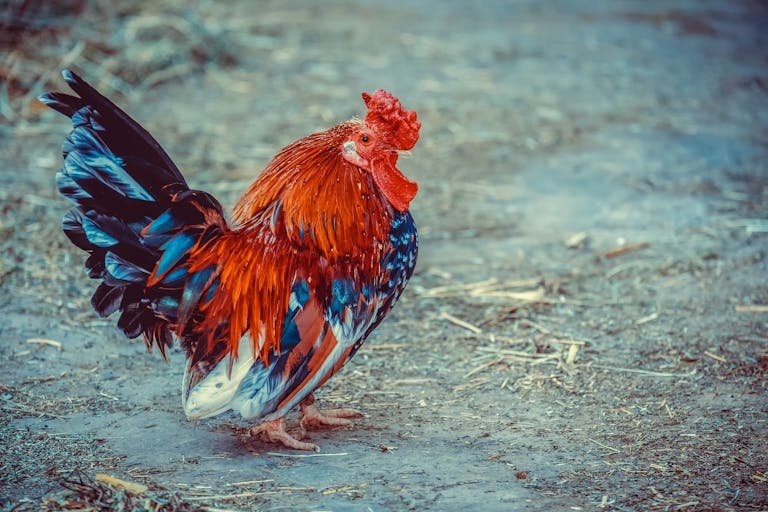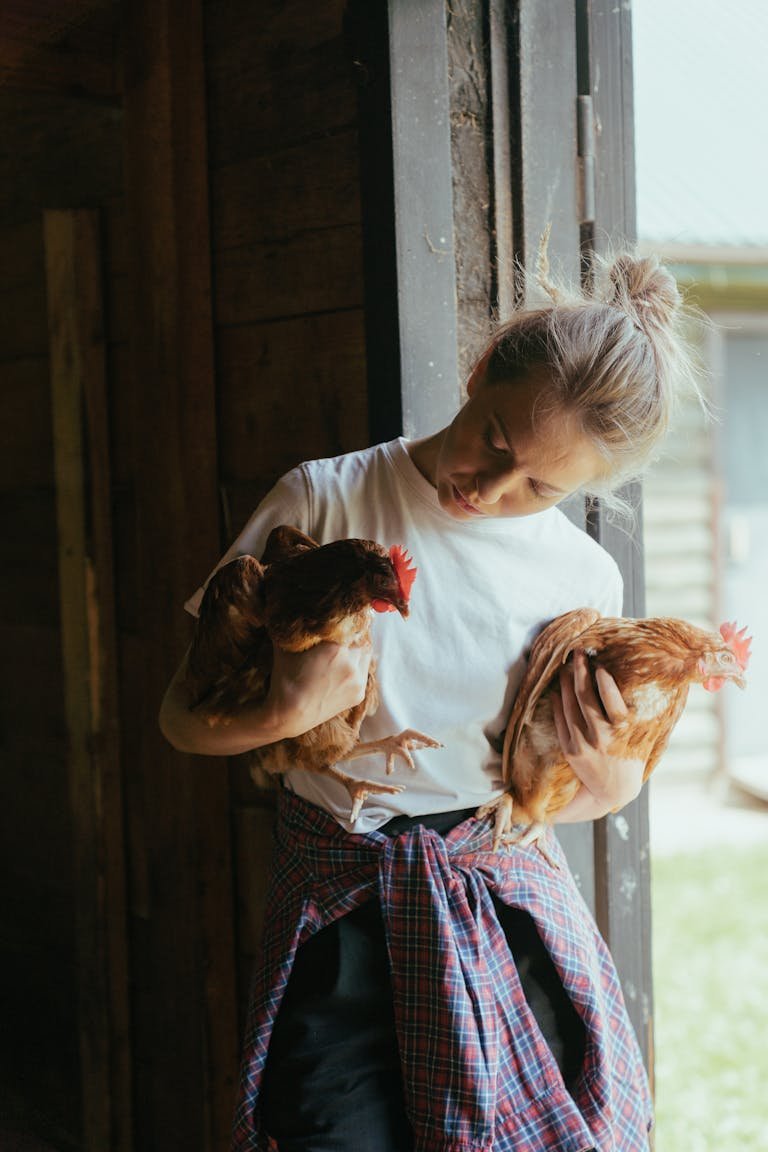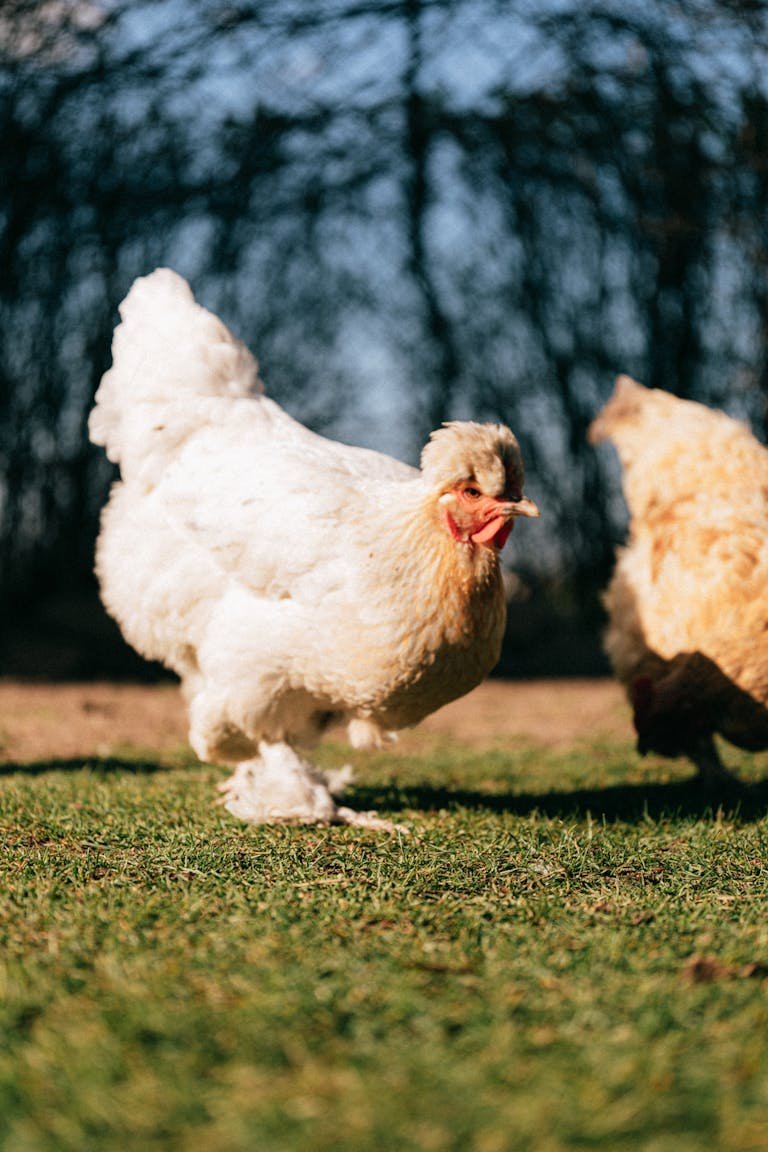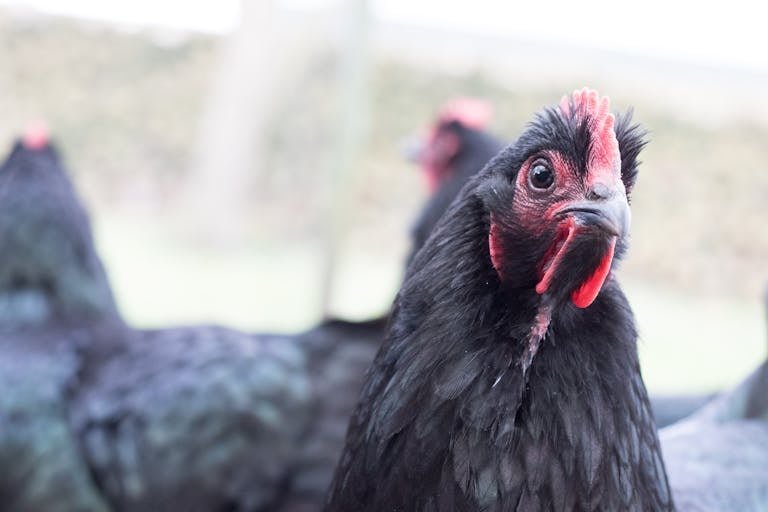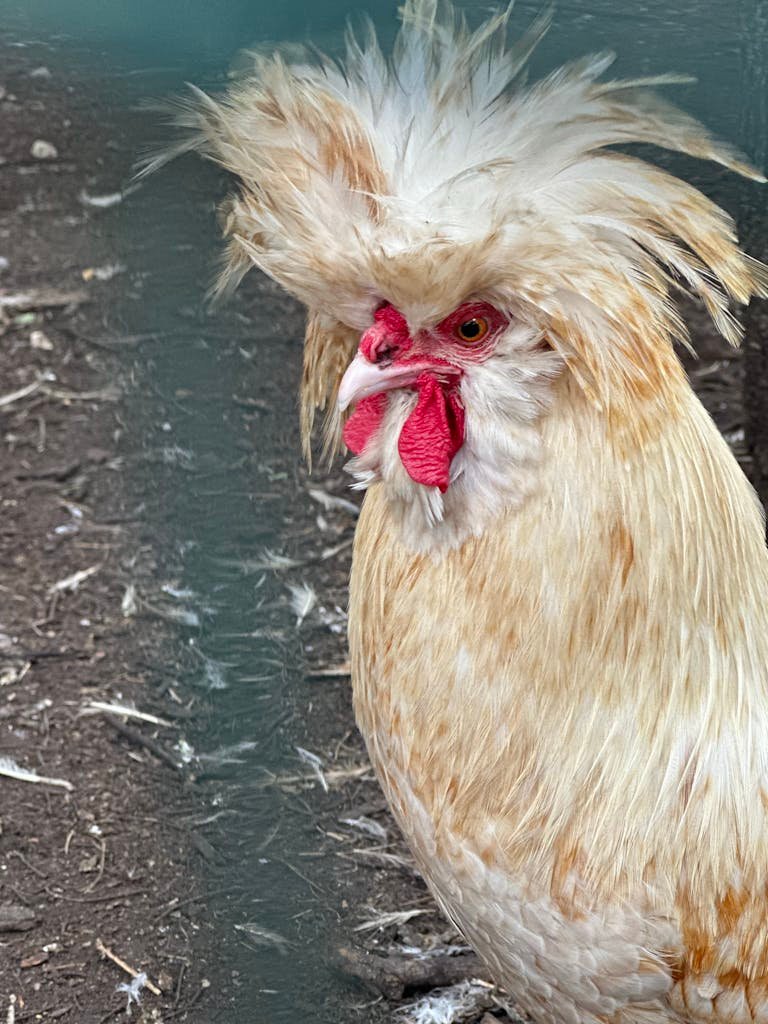Male vs Female Polish Chickens: Which is Right?

Polish chickens are an eye-catching breed known for their extravagant, fluffy crests. Whether you’re a seasoned poultry enthusiast or a beginner, it can sometimes be tricky to tell the difference between male and female Polish chickens. Both sexes share similar traits, particularly their vibrant, plumed heads, but if you know what to look for, you can distinguish the subtle differences that separate them.
In this guide, I will walk you through the key visual and behavioral differences between Male vs Female Polish Chickens, making it easier for you to determine the sex of your birds.
The Importance of Sexing Polish Chickens
Before diving into the details, let’s take a moment to understand why sexing Polish chickens is important. Whether you’re raising chickens for egg production, breeding, or simply as pets, knowing their sex will help you better manage your flock.
- Egg production: Female Polish chickens are the egg-layers. If you’re keeping chickens for eggs, identifying the females is essential.
- Breeding: Understanding the sex of your chickens helps in controlled breeding.
- Behavioral management: Males and females behave differently, especially during breeding season. Knowing their sex will help you predict certain behaviors and care for them accordingly.

Key Differences
1. Crest Shape
One of the most iconic features of Polish chickens is their crest of feathers. However, the crest differs between males and females, making it a useful way to identify their sex.
Males:
- The male Polish chicken typically has a larger, looser crest of feathers.
- The feathers often appear more disheveled, fanning out in multiple directions.
- The crest may look less organized and may even hang down in front of the eyes.
Females:
- Female Polish chickens have a more compact and neatly shaped crest.
- The feathers are smaller and form a rounder shape on top of their heads.
- The overall look is more refined, and the crest tends to stay out of their eyes.
This distinction becomes clearer as the chickens mature, although even as young chicks, females usually display a more rounded crest than males.
2. Feather Lacings
Feather lacing, the dark markings that outline the feathers, is another feature that sets apart male and female Polish chickens. It’s especially prominent in some color varieties of the breed.
Females:
- Young female Polish chickens often show more pronounced feather lacing.
- This lacing appears as dark, distinct edges on their feathers, giving them a more patterned appearance.
Males:
- Male Polish chickens may develop feather lacing as they mature, but it’s generally less pronounced than in females.
- Their feathers tend to be more solid-colored or have less detailed markings.
Lacing can help you identify the sex of younger chickens, though it’s important to remember that this feature may vary depending on the chicken’s color variety.
3. Comb and Wattles
The comb and wattles of a Polish chicken (the fleshy growths on their head and under the beak) are not always as large or prominent as those of other breeds, but they can still offer clues about their sex.
Males:
- Male Polish chickens tend to have larger, redder combs and wattles.
- These features become more noticeable as they mature, with the comb often growing more prominent.
Females:
- Female Polish chickens typically have smaller, less noticeable combs and wattles.
- Their combs are usually pale pink or flesh-colored and don’t grow as large as the males’.
This difference in comb and wattle size can be particularly useful for sexing Polish chickens once they reach maturity.
4. Body Size
Another key difference between male and female Polish chickens is their size and overall build.
Males:
- Male Polish chickens are generally larger and heavier than females.
- They often have a more robust, muscular appearance, with broader shoulders and a fuller chest.
Females:
- Female Polish chickens are usually smaller and more slender.
- Their bodies are more streamlined and less bulky than their male counterparts.
While body size alone isn’t always a reliable way to determine the sex of a young chicken, it becomes more obvious as they mature.
5. Behavioral Differences
Behavior is another factor that can help you differentiate between male and female Polish chickens, especially as they grow older. Polish chickens have unique temperaments, and their behavior can provide important clues about their sex.
Males:
- Male Polish chickens tend to be more assertive and territorial, especially during the breeding season.
- They may be more likely to chase after other chickens or engage in more aggressive behavior to establish dominance.
- Males also tend to be more vocal, often crowing to announce their presence.
Females:
- Female Polish chickens are generally more docile and easygoing.
- They are focused on laying eggs and tend to be less aggressive than the males.
- Females may show nesting behavior, particularly when they are ready to lay eggs.
Keep in mind that individual temperament can vary, and not all males are aggressive, just as not all females are passive.
Additional Ways
1. Saddle Feathers
As male Polish chickens mature, they often develop longer, pointed saddle feathers, which are located on their lower back in front of the tail.
Males:
- These saddle feathers are more elongated and sharply pointed compared to those of females.
Females:
- Female Polish chickens have shorter, more rounded saddle feathers.
These feathers are a reliable indicator of sex in mature chickens but may not be visible in young birds.
2. Crowing
One of the most distinct signs that you have a male Polish chicken is crowing. Male chickens (roosters) are the only ones that crow, and they often start doing so as early as 4 to 5 months of age.
Males:
- Roosters crow loudly and frequently, especially in the morning.
Females:
- Hens do not crow. Instead, they may cluck or make soft noises, particularly when laying eggs.
If you hear crowing from your Polish chicken, it’s a sure sign that it’s a male.
3. Consulting with an Experienced Breeder
If you’re still unsure whether your Polish chicken is male or female, I suggest you consult with an experienced breeder or avian vet. Breeders often have a trained eye for sexing Polish chickens and can provide guidance based on subtle features you may not notice.
How to Use These Tips to Determine the Sex of Your Polish Chickens
Now that you know the key differences between male and female Polish chickens, it’s time for you to observe your flock carefully. Here’s a simple step-by-step guide you can follow:
- Observe the crest: Look at the size, shape, and neatness of the crest. A larger, messier crest often signals a male, while a smaller, rounder crest suggests a female.
- Examine the comb and wattles: Check the size and color of the comb and wattles. Males have larger, redder combs, while females’ combs are smaller and lighter in color.
- Check feather lacing: Look for distinct feather lacing on young chickens. Females generally show more lacing than males.
- Consider body size: Males tend to be larger and bulkier than females, especially once fully grown.
- Observe their behavior: Watch for crowing, aggression, or nesting behaviors. Crowing and assertiveness are typically male traits, while females focus on nesting and laying eggs.
- Consult a breeder: If you’re still unsure, reach out to a breeder or vet for a professional opinion.
Final Thoughts
Sexing Polish chickens can be challenging, especially when they’re young. However, by paying attention to key features like the crest, comb, wattles, feather lacing, and behavior, you can confidently identify whether your Polish chicken is male or female. Remember, individual chickens can vary, and sometimes it takes time and experience to master the art of sexing Polish chickens.
By understanding these differences, you can make informed decisions about your flock, whether you’re raising them for eggs, breeding, or simply for the joy of having these charming birds in your backyard.
